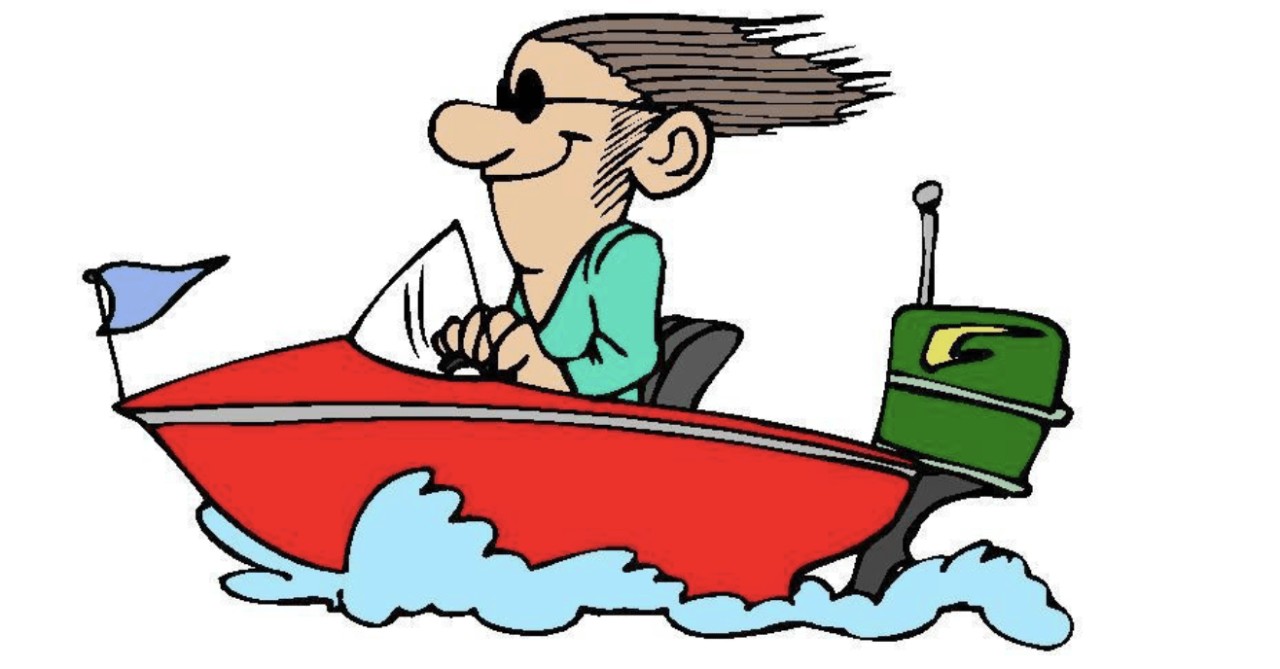
Overview
Title: Motor Boat Experiment
Grade: 4th Grade
Duration: Two – 45 Minute Lessons
Teachers: this experiment will require pre-planning
Standards
Science – SC.4.P.10.4
Describe how moving water and/or air are sources of energy and can be used to move things.
Hypothesis
Can the boat move along the water using solely air? How far can it go?
Objectives
- Engage in dialogue with the science and math terms presented.
- Make reasonable predictions about both potential and kinetic energy
- Use information, observations, and knowledge to revise designs and answer the guided questions throughout the lesson.
- Have reasonable knowledge of energy in motion
Vocabulary
Wind Energy • Water Energy • Kinetic Energy • Sources • Movement • Wind turbines • Atoms • Molecules • Reaction • Sir Isaac Newton • Propel • Resistance • Rotational Energy
Essential Questions
- How are moving water and air sources of energy?
- How can water and air be used to make things move?
Background Information
Wind energy is a clean and free form of renewable energy. There are many wind turbines that are capturing the wind’s power and creating electricity around the globe.
Water energy is called hydroelectric power. This form of electricity is supplied by generating energy from falling or streaming water. Hydroelectric power is considered a renewable energy source.
These sources of energy play an important role in the way we power our planet.
Guiding Questions
- What is energy?
- What are the different forms of motion?
- How can moving water create energy?
- What are the types of energy that can create force?
- How can we use the energy of motion?
- How does the water make things move?
- How does the air make things move?
Purpose
This experiment is an investigation on Sir Isaac Newton’s 2nd Law of Motion. He stated that a force acting on an object is equal to the mass of that object times its acceleration – F=ma ( F = force, m =mass, a = acceleration). This force can be a single force or a succession of forces combined. When this constant force acts against an object, it causes it to accelerate and change its velocity.
For the purpose of this experiment, the force of motion will be air powered by the student and their ability to blow.
Materials
- Styrofoam meat trays*
- Ruler
- Box of Straws
- Baking disposable aluminum pans
- Water
- Permanent Markers
- Scissors
*Ask your local grocery store for some unused Styrofoam meat trays. They are generally happy to help out a teacher when you tell them why you need them. If not, have students bring some in from home. We recommend washing them yourself to make sure they are thoroughly clean and void of any possible contamination.
The Set-Up
- Separate kids into groups.
- Have students use the ruler to measure out distance inside the baking disposable aluminum pans, using inches and/or centimeters, set aside until you are ready for the races.
- Prior to starting have students put their engineering hats on. Engineers use the engineering design process when solving a problem. They should use this process as they create the design of the boat. There are 5 main steps in this process. Review the process with the students.
- ASK questions that will help you achieve your goal
- IMAGINE at least two possibilities for your design
- What could be some of the outcomes?
- Brainstorm ideas with your group members
- PLAN the design before making the boat
- Combine ideas to come up with a final design
- How will you use the materials?
- CREATE at least one design solution
- Follow the plan agreed upon and create it
- Test it out!
- IMPROVE the current design based on the evidence around the original idea
- Make the design better
- Ready for the races!
Be sure to keep track of what has happened to share with the class.
Procedure
- Fill baking tins half way with water.
- Have students place their styrofoam boat in the water.
- Have one of them give the boat one large blow with the straw to blow the boats across a calm surface of water.
Guided Questions
- What happens when you blow gently and then with more force?
- Does the boat move faster if you blow the air close to the boat or far away?
- Can you use the straw to create waves across the water?
- How far did it go?
Have them write down their observations for each group design – distance, shape, etc…
After Races Ask…
- Who won the race and why? Was it the design, the blow, or both?
- What do you think would happen if you use something heavier than a styrofoam meat tray?
- What about if you changed some of the other materials? Would it have been better? Why or why not?
- What happened?
Extension
After building the boat, see how much weight it can hold (pennies would be a good option to use).
- Will the outcome be the same?
- Will weight make it go faster or slower?
